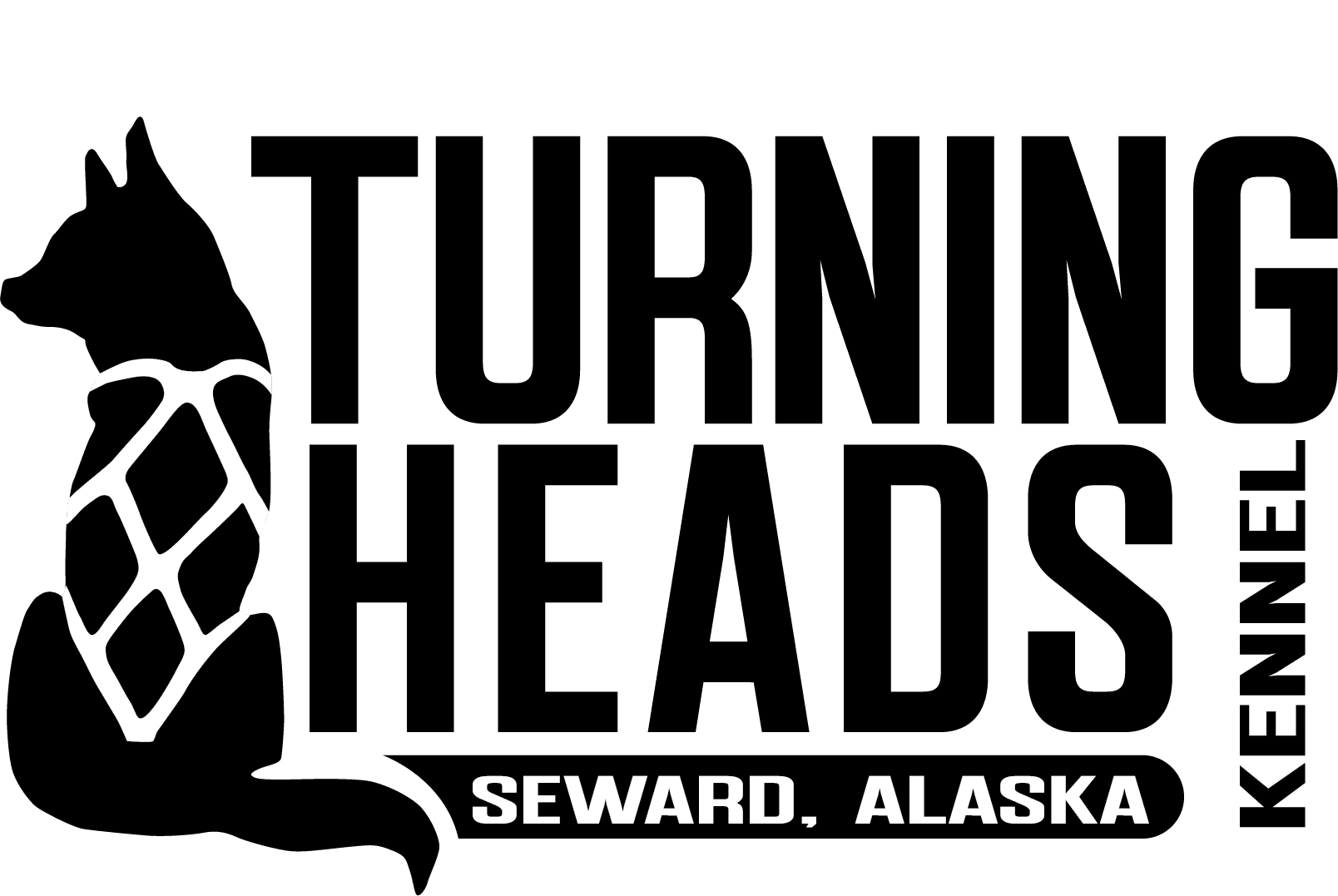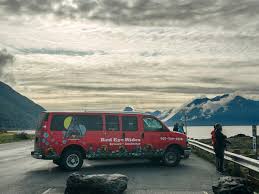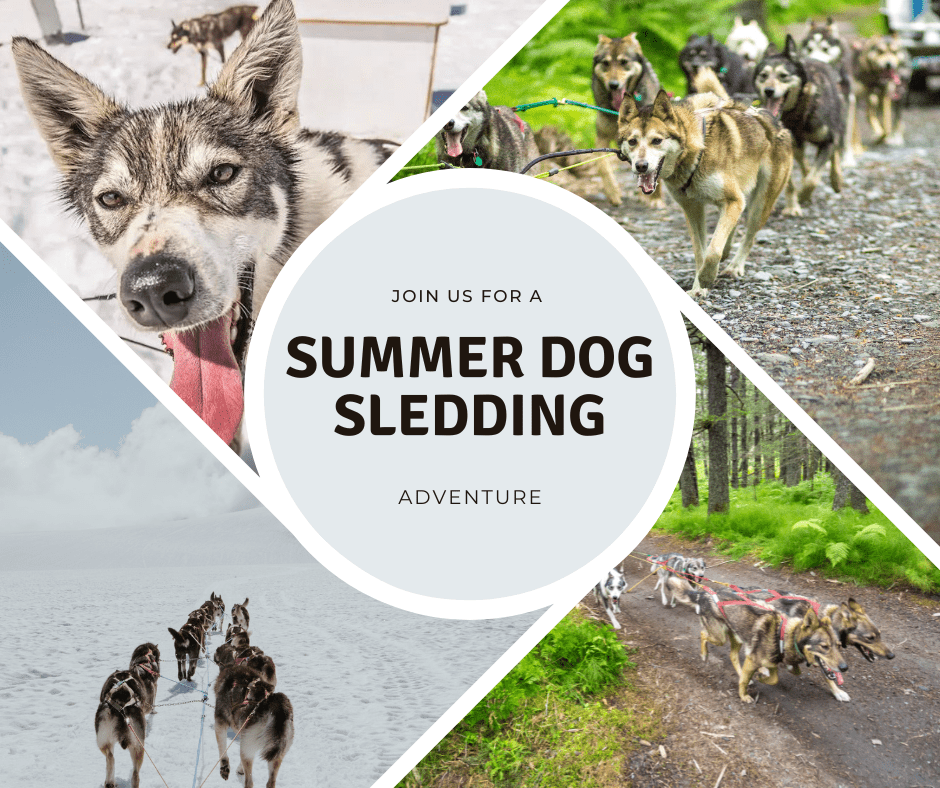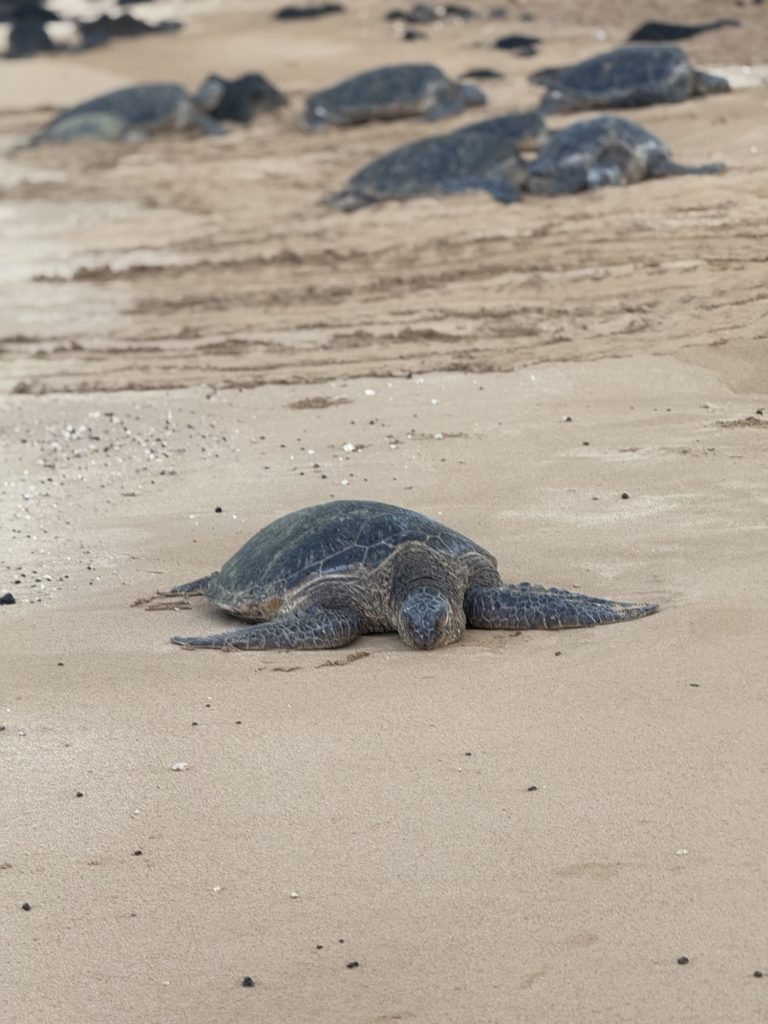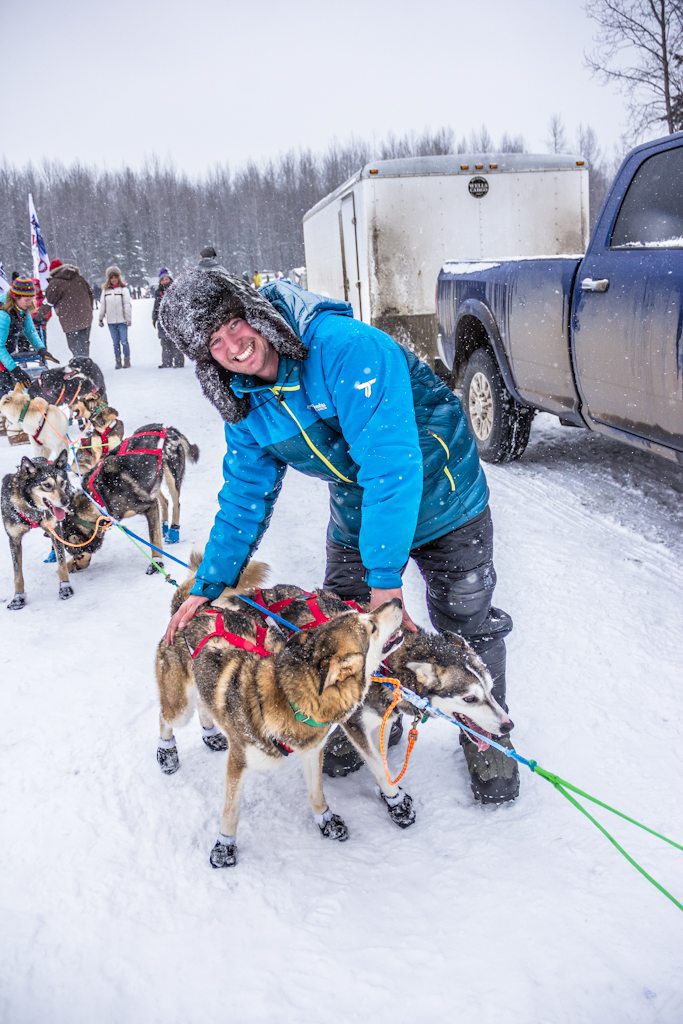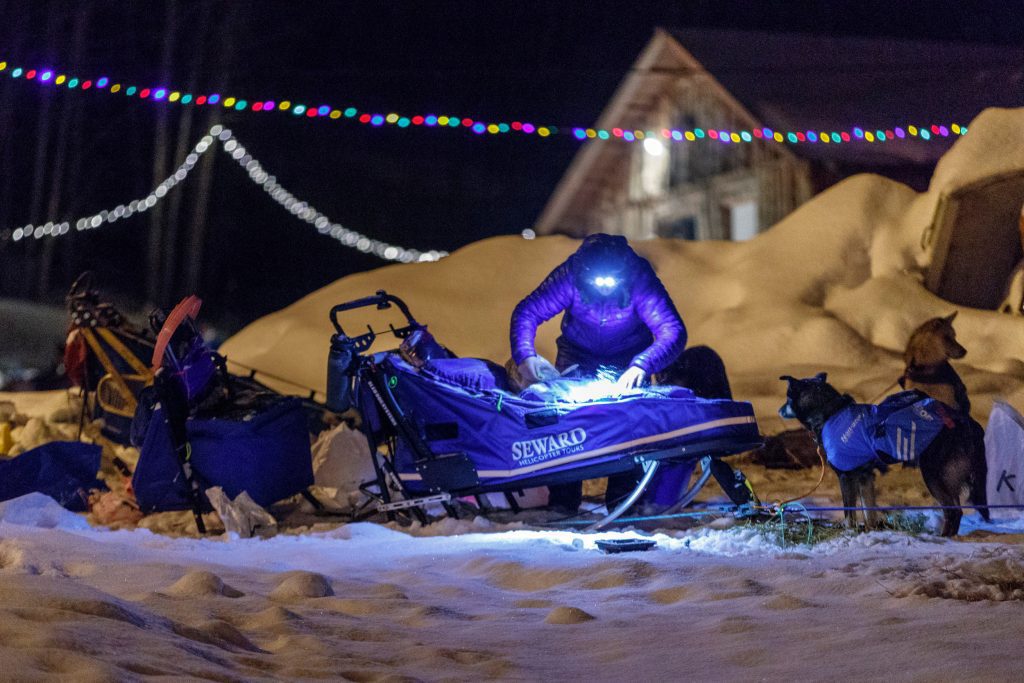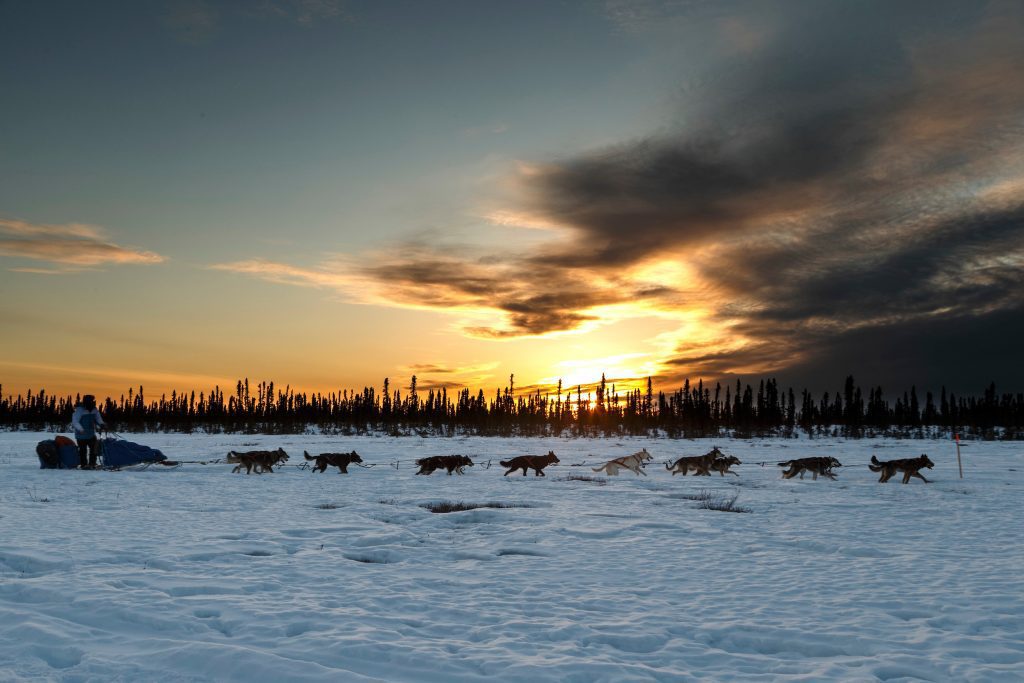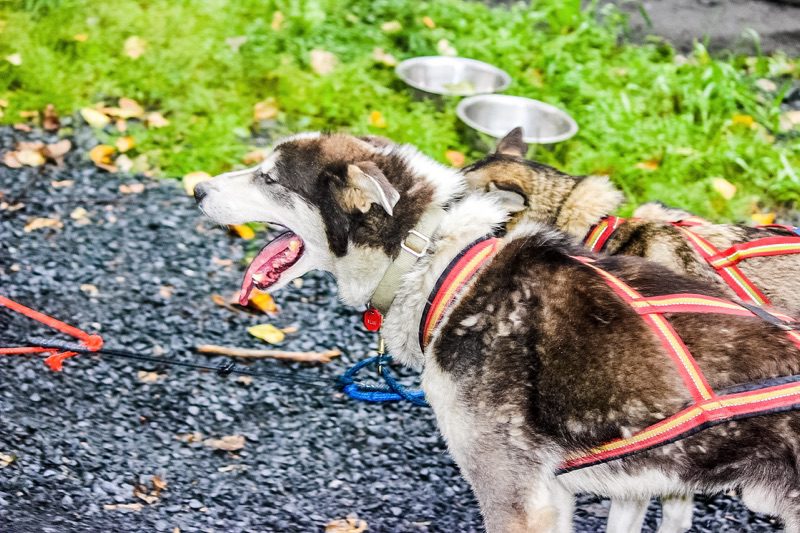Dog sledding is not just a tourist activity in Alaska; it’s an integral part of the state’s rich cultural history and is Alaska’s official state sport. From its early roots as a primary mode of transportation in harsh northern conditions to its modern-day status as an exciting adventure sport, dog sledding has left an indelible mark on Alaskan culture. Let’s explore how dog sledding evolved and became a symbol of resilience, tradition, and adventure.
Jump to Key Sections on How Dog Sledding Became Part of Alaskan Culture
The Origins of Dog Sledding in Alaska
The history of dog sledding in Alaska is rooted in the traditions of indigenous peoples, long before European settlers arrived. The use of sled dogs dates back thousands of years, with native groups such as the Inuit, Chukchi, and Athabaskan peoples relying on them for transportation across the vast, snowy landscapes of the Arctic and sub-Arctic regions. These cultures depended on sled dogs to haul heavy loads, transport goods, and travel long distances between communities.
The dogs used by these indigenous peoples were specifically bred for endurance, strength, and the ability to withstand extreme cold. Many of the sled dogs in Alaska are descendants of these original breeds, including the Alaskan Husky, a working dog that was developed over time to meet the demands of dog sledding in harsh conditions.
The Rise of Dog Sledding for Transportation
As Russian and later American settlers began arriving in Alaska in the 19th century, they soon adopted dog sledding as a necessary form of transportation. With the harsh winter conditions and the vast distances between settlements, dog sledding became the most efficient way to move goods and people across the frozen terrain. Dogs, with their natural ability to endure cold and pull heavy loads, became the go-to option for travel across the snow-covered terrain.
By the late 1800s and early 1900s, dog sledding had become an essential form of transportation for settlers, miners, trappers, and explorers. It was not uncommon for dog sled teams to transport mail, supplies, and even people across miles of snow and ice. The Iditarod Trail, which would later give rise to the famous Iditarod Sled Dog Race, has its origins in the 19th century as a network of established routes used by indigenous people and later formalized by settlers. These trails connected remote communities across Alaska, facilitating trade, mail delivery, and travel.
The Iditarod Trail became particularly prominent in the early 19th century as a winter transportation route for those living in isolated regions. The Iditarod Sled Dog Race, which is now globally recognized, was not founded until 1973. It was established to commemorate the Serum Run and to preserve the legacy of dog sledding in Alaska. The race, which spans over 1,000 miles, celebrates the endurance of sled dogs and their mushers, and it continues to highlight the historical role of dog sledding in Alaskan culture.
Dog Sledding in the 20th Century: From Work to Sport
In the early 1900s, dog sled racing began to gain widespread popularity, with events such as the All Alaska Sweepstakes, first held in 1908, serving as major attractions. The All Alaska Sweepstakes became one of the most prestigious sled dog races of its time, with mushers competing for large cash prizes. Races like this helped to elevate the status of dog sledding in Alaska from a utilitarian means of transportation to a highly competitive and respected sport. These races, along with other regional competitions, contributed to the growing recognition of dog sledding as both a tradition and an exciting form of entertainment.
The Serum Run and the Rise of Dog Sledding’s Legacy
In 1925, the legendary “Serum Run” (also known as the “Great Race of Mercy”) brought national attention to dog sledding. When a diphtheria outbreak threatened the town of Nome, sled dog teams raced across frozen tundra to deliver the life-saving antitoxin. The event demonstrated the strength and endurance of sled dogs, reinforcing their crucial role in Alaska’s history.
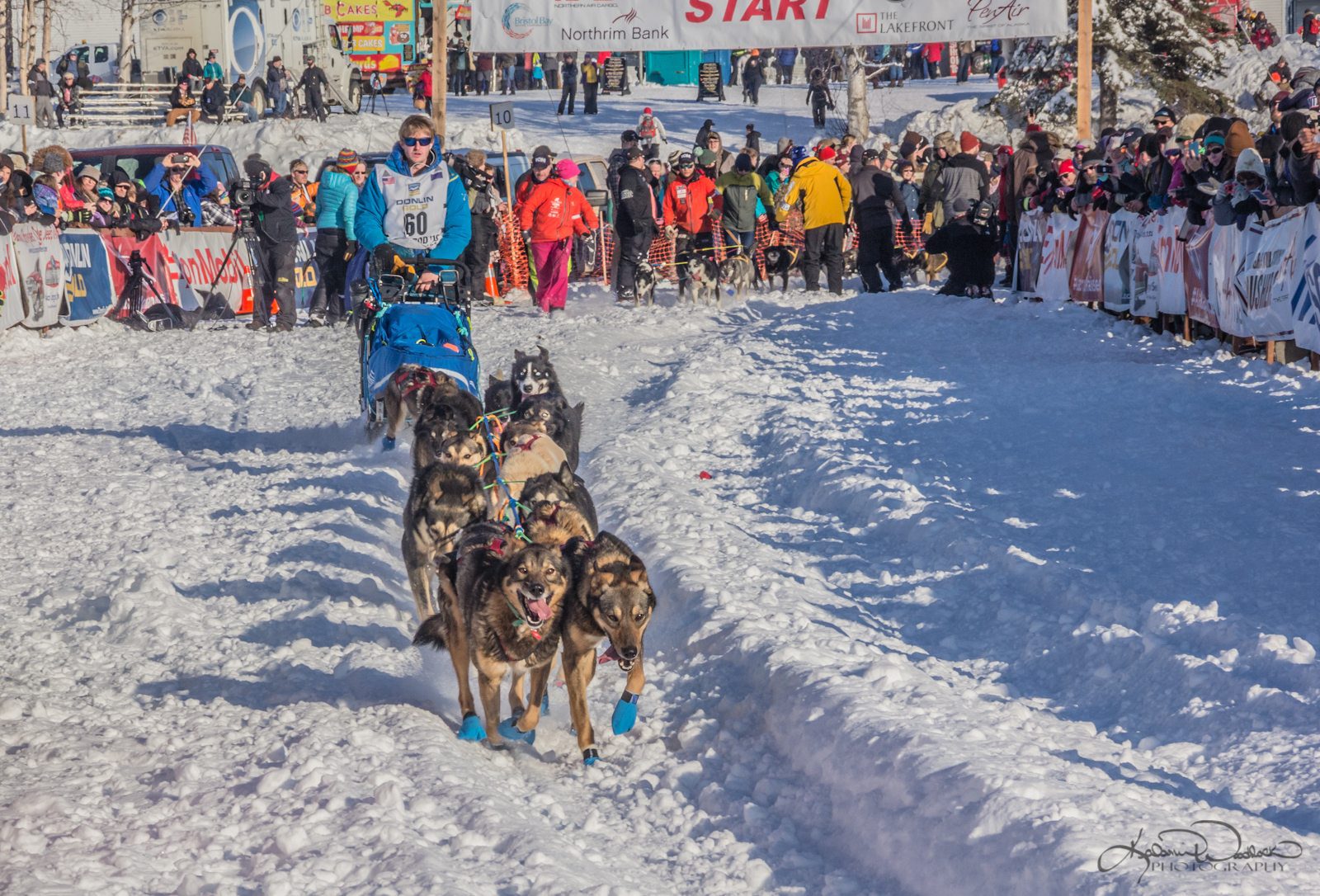
The Resurgence of Dog Sledding as a Sport
With the introduction of motor vehicles, airplanes, and more modern infrastructure, the necessity of dog sledding for transportation gradually declined. However, in the mid-20th century, dog sledding experienced a resurgence as a competitive sport. The Iditarod Sled Dog Race, founded in 1973, reignited interest in the tradition of dog sledding and helped solidify its place as both a sport and a symbol of Alaskan heritage.
The Iditarod, which covers over 1,000 miles of Alaska’s wilderness, celebrates the skill and endurance of mushers and their dog teams. Established to preserve the legacy of sled dogs—a vital breed in the North—the race has become a testament to their strength and importance.
This transformation from practical transportation to sport allowed dog sledding to flourish in new ways, gaining popularity among adventure enthusiasts and tourists eager to experience the thrill of the race and the beauty of Alaska’s wild landscape.
Today Alaska is Home to Many Prestigious Sled Dog Races
In addition to the iconic Iditarod, Alaska hosts several other prestigious dog sled races that highlight the skill and endurance of mushers and their dog teams. The Kuskokwim 300 takes place in the heart of the Yukon-Kuskokwim Delta. This challenging 300-mile race tests mushers with its unpredictable weather and rugged terrain, offering a unique experience for both competitors and spectators.
Another notable race is the Copper Basin 300, which takes place in the remote and unforgiving Copper River Basin. Known for its tough conditions and deep snow, this race attracts some of the top mushers in the world, with its route covering over 300 miles of Alaskan wilderness.
The Kobuk 440, held in the northwestern part of the state, is a 440-mile race that follows ancient trade routes used by indigenous peoples. This race is famous for its scenic beauty and its challenge, as mushers navigate the windswept landscapes and harsh Arctic conditions. Each of these races, along with the Iditarod, plays an important role in preserving the tradition of dog sledding, fostering competition, and celebrating the unique bond between mushers and their sled dogs.
Dog Sledding as a Sport and Adventure Activity
Today, dog sledding is not only a way to connect with Alaska’s rich cultural heritage but also an exciting adventure that draws visitors from around the globe. Whether on glaciers, remote trails, or even in the heart of Alaska’s most popular tourist destinations, people can experience firsthand the bond between mushers and their dogs in a way that honors the past while embracing the spirit of adventure.
The Cultural Significance of Dog Sledding
Dog sledding’s significance in Alaska goes beyond its practical uses; it is deeply embedded in the state’s identity. The sport embodies the resilience, strength, and independence that Alaskans are known for. It is a reminder of the challenges faced by early settlers and indigenous peoples, who relied on sled dogs to survive and thrive in one of the world’s most extreme environments.
In modern times, dog sledding has become a symbol of the Alaskan way of life, honoring traditions that have been passed down for generations. It serves as a connection between the past and present, allowing people to experience the very same landscapes and challenges that the original mushers and their dogs faced centuries ago.
From Tradition to Thrill: Dog Sledding’s Role in Alaskan Identity
From its ancient roots as a practical mode of transportation to its transformation into a thrilling adventure sport, dog sledding has played an essential role in shaping Alaskan culture. It connects the past with the present, celebrating the bond between humans and dogs while honoring the resilience and spirit of Alaska’s indigenous peoples and early settlers. Today, whether as a sport, a tradition, or an unforgettable experience for visitors, dog sledding continues to be an enduring part of Alaska’s identity.
